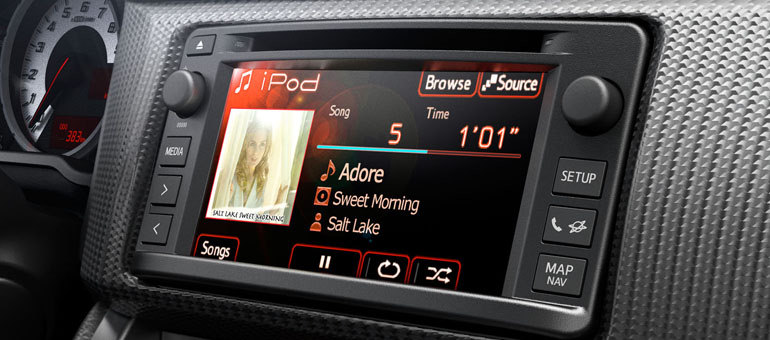 EMERGING TECH
EMERGING TECH
 EMERGING TECH
EMERGING TECH
 EMERGING TECH
EMERGING TECH
Microsoft Corp. wants a bigger slice of the connected-car market, offering a new program that allows vehicle manufacturers to license the company’s technology in their vehicles.
The first to take advantage of the new offering is Japanese auto giant Toyota Motor Corp., which has signed a deal that gives it access to navigation, entertainment and voice recognition technology that Microsoft has developed.
Full details on the deal, such as how much and exactly how Toyota intends to use the licensed technology, was not made clear. The company said only that access to Microsoft’s technology will enable them to “innovate faster to deliver new, contextual and immersive experiences to our customers.”
Notably, Toyota is already a “valued partner” of Microsoft through Toyota Connected. That program serves as a data science hub for Toyota’s global operations and supports a range of consumer, business and government-facing initiatives.
On its newly launched auto licensing page, Microsoft has a long list of technologies available under the program, including Windows, Wi-Fi and mobile connectivity, sensors, Kinect for gesture computing, its Cortana voice-recognition system and artificial intelligence.
The shift to allow licensing of its software is a step in a different direction for the tech giant after three years of pushing its Windows-for-the-car solution without much success. Microsoft has, however, partnered with other automakers to provide customized car versions of Windows, with Ford, Kia, BMW, Nissan and Fiat all developing vehicles running Microsoft software.
Microsoft appears to be quite content not to build its own self-driving car technology versus providing the software that assists in such vehicles, in stark contrast to rival Google Inc.
“The connected car represents an enormous opportunity for the auto industry, and at the core it’s a software challenge,” Microsoft Executive Vice President of Business Development Peggy Johnson said in a statement. “Our mission is to empower car makers with technology that allows them to focus on building even better driving experiences for their customers.”
Support our mission to keep content open and free by engaging with theCUBE community. Join theCUBE’s Alumni Trust Network, where technology leaders connect, share intelligence and create opportunities.
Founded by tech visionaries John Furrier and Dave Vellante, SiliconANGLE Media has built a dynamic ecosystem of industry-leading digital media brands that reach 15+ million elite tech professionals. Our new proprietary theCUBE AI Video Cloud is breaking ground in audience interaction, leveraging theCUBEai.com neural network to help technology companies make data-driven decisions and stay at the forefront of industry conversations.